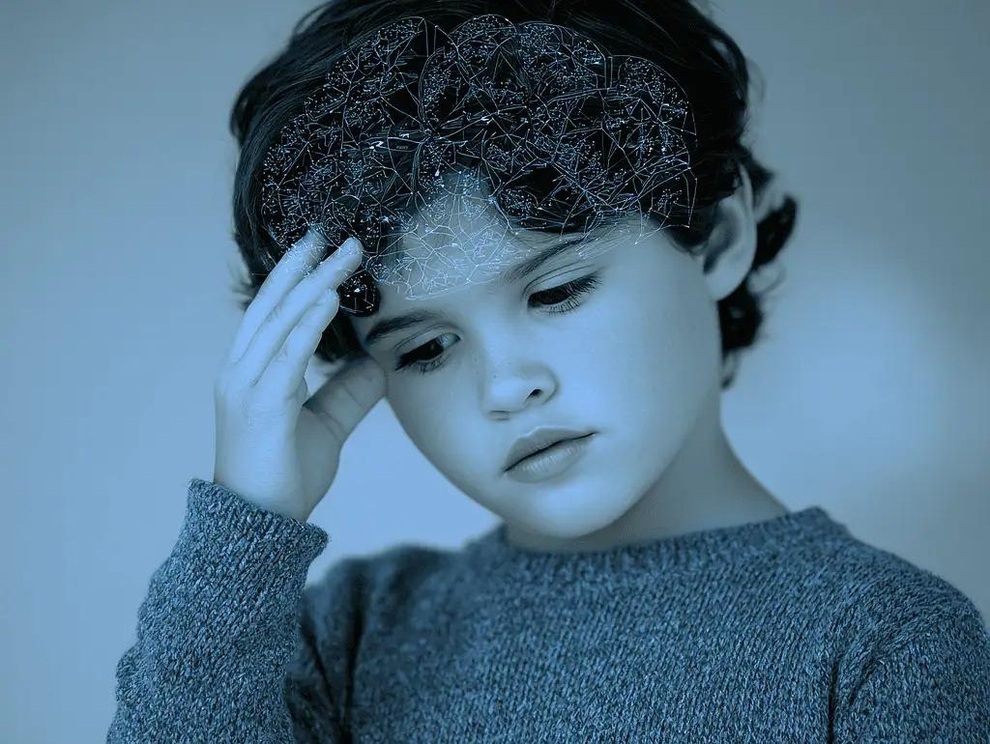A new study published in the journal Science Advances has revealed a single nerve fiber in the brain that may be key to explaining the differences in how traumatized people respond to pain: some direct their anger outward, while others turn it inward.
This study mapped in detail how childhood trauma can remodel the thalamus-hippocampus circuit, a key pathway connecting the nucleus reuniens (RE) and the ventral hippocampus (vCA1).
This circuit has been identified as central to how the brain interprets pain and emotions.

The Biology Behind Vandalism
Researchers have found that when early trauma occurs, neurons in the thalamus-hippocampus circuit become hypersensitive through changes in L-type calcium channels.
These are molecular gates that regulate how brain cells respond to stimuli. Increased activity in these channels is what sets the stage for destructive behavior later on.
In experiments on mice, activation of these calcium channels caused different responses depending on the dose : Low dose: Mice became more aggressive, attacking their cage mates faster and longer; High dose: Mice displayed self-injurious behavior, biting their legs and shoulders in an obvious manner.
Both responses are accompanied by clear signs of distress, including grimacing and making painful noises. "Our findings suggest that aggression and self-harm may seem like very different behaviors, but they may actually share a common neural basis," said lead author Dr. Sora Shin. "Both may exist on a continuum rooted in how the brain processes pain signals."

Physical signs of brain injury
To examine the link between trauma and this neural circuit over time, the team used a childhood stress model in mice.
Mice pups separated from their mothers became more aggressive and self-harming as adults. Brain scans showed abnormally high activity in the reticular nucleus (RE), and their neurons produced abnormally high levels of the calcium channel gene Cacna1c. Notably, this molecular signature has also been linked to anxiety and mood disorders in humans.
In essence, trauma leaves a physical imprint on the brain's circuitry, creating a unique feedback loop that combines pain, fear, and the urge to act.
Researchers liken the nucleus accumbens to a decision center that sends pain signals in two different directions: one group of neurons connects to the hypothalamus, which stimulates aggression; another group connects to the amygdala, which promotes self-harm. Both originate from the same hyperexcitable network of channels.
For many years, the link between childhood trauma, aggression, and self-harm was thought to be purely emotional and psychological. Shin's research has shown that this link has a physical address in the brain.
New hope for treatment
The identification of calcium channels as potential levers opens up new avenues for treatment. When researchers blocked these channels with the drug nicardipine, violent and self-destructive behaviors were reduced.
This suggests that new drugs could be developed to reduce hyperactivity in this neural circuit without paralyzing the entire nervous system.
At present, the experiments are still in the preclinical stage in mice. However, by providing profound and proactive insights into the neural circuitry underlying these disorders, Shin’s research offers great hope for developing more effective therapies to support trauma survivors struggling with destructive responses to pain.
Source: https://dantri.com.vn/khoa-hoc/chan-thuong-thoi-tho-au-tai-cau-truc-nao-bo-dinh-hinh-phan-ung-voi-noi-dau-20251114004640544.htm



![[Photo] Unique architecture of the deepest metro station in France](https://vphoto.vietnam.vn/thumb/1200x675/vietnam/resource/IMAGE/2025/11/14/1763107592365_ga-sau-nhat-nuoc-phap-duy-1-6403-jpg.webp)



![[Photo] Unique art of painting Tuong masks](https://vphoto.vietnam.vn/thumb/1200x675/vietnam/resource/IMAGE/2025/11/14/1763094089301_ndo_br_1-jpg.webp)





























![[Photo] Special class in Tra Linh](https://vphoto.vietnam.vn/thumb/1200x675/vietnam/resource/IMAGE/2025/11/14/1763078485441_ndo_br_lop-hoc-7-jpg.webp)








































































Comment (0)